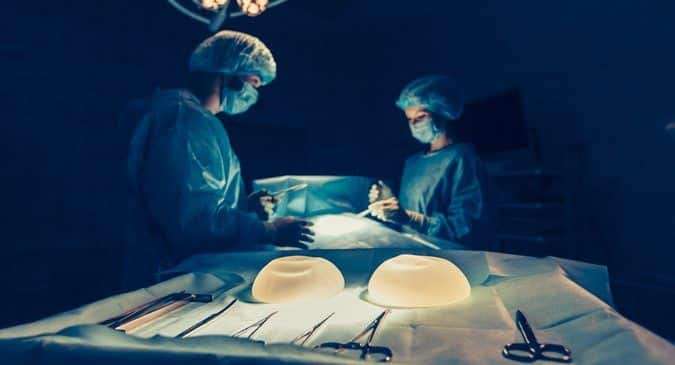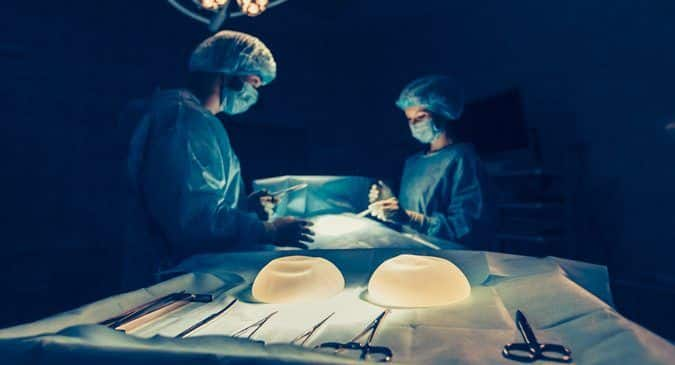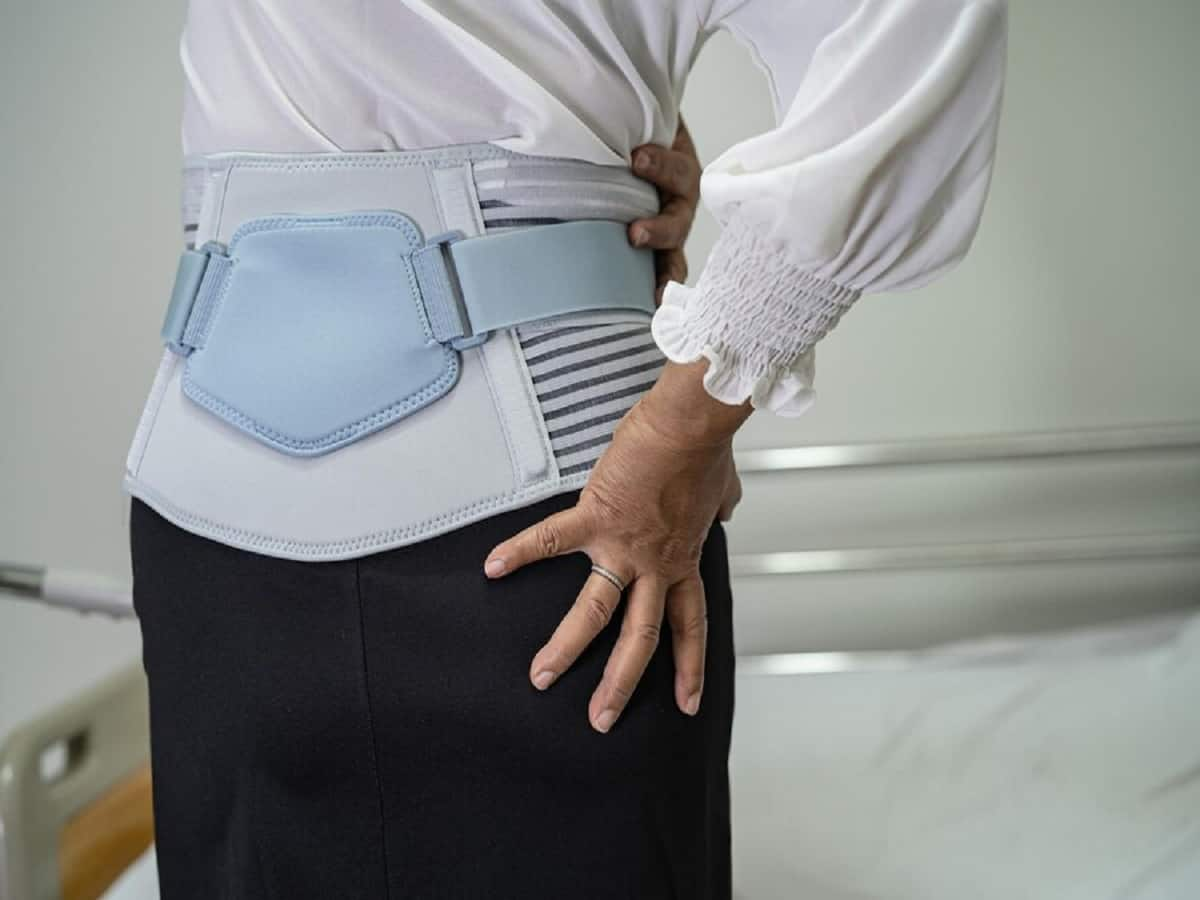 Breast Removal or Mastectomy Vs Breast Reconstruction Surgery: Here’s All You Need To Know
Breast Removal or Mastectomy Vs Breast Reconstruction Surgery: Here’s All You Need To Know
Breast Cancer Awareness Month 2022: Getting diagnosed with breast cancer is a painful experience. The treatment requires emotional strength and courage. Surgery for early breast cancer is almost always required. In addition, 50% of the patients need to undergo mastectomy removal of the entire breast to prevent local recurrences. The thought of getting the breast removed for a woman is an emotional, sad journey and leads to a lot of mental trauma.
Moreover, the change in body, scars and looks forces her to lose confidence and feminity. Therefore, breast reconstruction surgery is performed to recreate breasts, reshape or rebuild damaged tissues to regain the look and make women feel better and optimistic about their bodies. Dr Ramesh Sarin, Senior Consultant, Surgical Oncologist, Indraprastha Apollo Hospital, New Delhi, shares all about ‘Breast Removal Vs Breast Reconstruction Surgery.’
Mastectomy And Breast Reconstruction Surgery
A breast reconstruction surgery can happen either during or after many months or years after mastectomy. As mastectomy puts women under much psychological stress, immediate surgery helps them manage strong emotions and feel better about themselves. This surgery is also performed to restore symmetry and make both breasts of the same size and shape. There are many kinds of breast reconstruction surgeries. Some involve the use of silicone or saline breast implants. The other methods include using a flap of tissue from the body.
- The oncologist and the plastic surgeon can recommend the right breast reconstruction surgery for the patient.
- The recommendations are based on factors such as the patient’s age, the size of the tumour versus the size of the breast, health and lifestyle. It also depends on the kind of mastectomy and how much tissue remains.
- Moreover, past surgeries can also make removing flaps from the belly difficult. Therefore, the desired looks and goals are other essential factors in selecting the surgical method.
- Once the surgery is done, the patient must stay in the hospital for 1-2 days. However, if she has undergone flap procedures, she might be required to stay for a week.
- Usually, a patient gets relief from swelling, soreness and bruising, and it starts healing in 2-3 weeks. Then, she can begin her regular activities after 1-2 months of surgery.
- The surgical procedure leaves scars that fade over time, and the shape of the reconstructed breast also improves.
Post-surgery, every breast cancer patient must go for regular checkups. In addition, it is recommended to do breast self-examinations every month or have an annual mammogram. It is also important to note that breast reconstruction surgery doesn’t change the chances of getting cancer again; however, it doesn’t interfere with future treatment if required. The doctors can easily continue with surgery, radiation, chemotherapy or other therapies.
Are There Any Side Effects Of The Surgery?
Breast reconstruction surgery is a safe procedure; however, risks of infections or rejections of the implants and other side effects are permanently attached. If there is an infection at the place of surgery, then the doctor might prescribe the patient antibiotics to get rid of it. Usually, itching is a common issue which goes away with time as the wound heals. However, she may also feel pain and discomfort, and medication can help.









